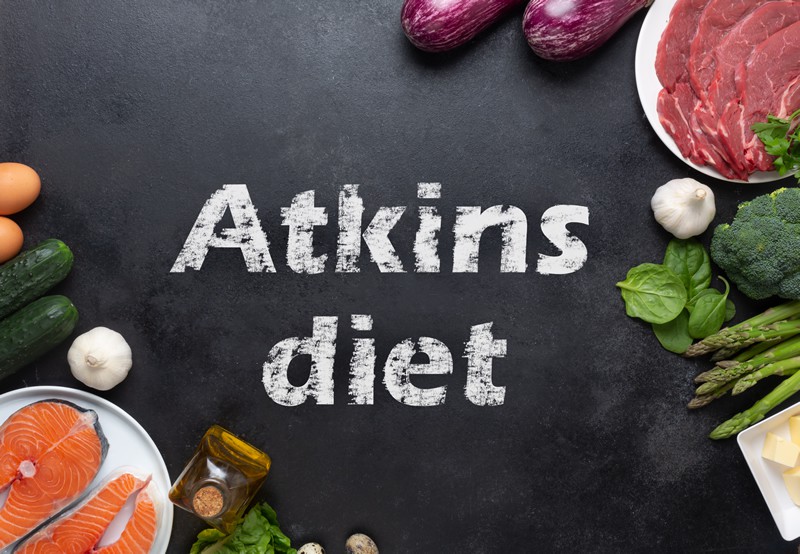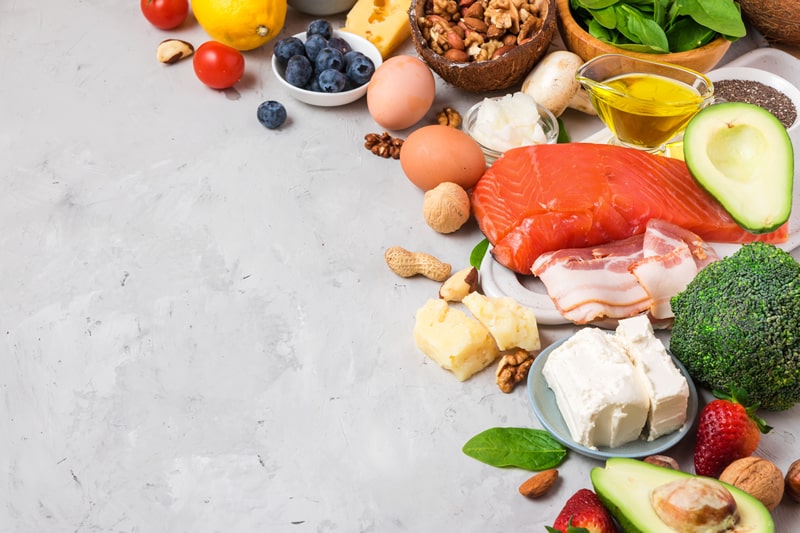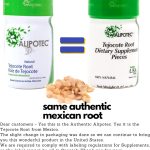The Atkins diet was developed by Robert C. Atkins, a cardiologist, in the 1960s. It emphasizes on consumption of fats and proteins while restricting carbohydrate intake. The diet comprises numerous weight loss and maintenance phases.
The plan aims to modify an individual’s eating habits to help them lose weight or avoid gaining more weight. The diet is multipurpose. It is believed to provide a healthy long-term approach to feeding. Additionally, the Atkins diet will help you lose weight and boost your energy. It has also proven effective in improving certain chronic conditions like metabolic syndrome or elevated blood pressure.
Over the last 12 years, numerous studies have proven that a low carbohydrate diet effectively improves various health conditions and weight loss without counting the calories. Increased protein consumption and low carbohydrate intake are associated with reduced appetite. The outcome is a reduced intake of calories.
Atkins’s plan has evolved. Currently, it accommodates vegan and vegetarian needs. It encourages consuming vegetables rich in fiber and addresses numerous problems when starting a diet low in carbohydrates. The Atkins plan doesn’t recognize the importance of exercise in weight loss. However, it acknowledges that it has a role in the maintenance of weight.
Phases of the Diet
It consists of four phases. You may start at any point based on your goals for weight loss.
1. Induction Phase
Induction is the first phase. It is rigorous and entails avoiding most of the carbohydrates and consuming 20 grams of carbs in a day. You will get most of these carbs from vegetables at this stage, which will be from what they call “Foundation” vegetables, such as broccoli, asparagus, cucumber, celery, peppers, and green beans. Consider eating foods rich in protein, such as cheese, eggs, meat, poultry, and fish. Avoid fruits, alcohol, nuts, grains, pasta, grains, and bread. The phase may last for two weeks based on your goals. Water consumption is also an important part of this phase. You should drink the recommended eight glasses of water a day.
2. Balancing Phase
You will continue to consume 12 to 15 grams of carbohydrates during this phase. And you must avoid foods that have sugar added. You may consider adding some more nutrient-rich carbs such as seeds, nuts, and berries as you lose weight. It is advisable to remain in the phase till you are 4.4 kilograms (10 lbs) from your target weight.
3. Pre-Maintenance Phase
You can widen the type of foods you can consume, including whole grains, starchy vegetables, and fruits. Every week, consider adding 10 grams of carbohydrate to the diet. However, you should cut it back if it disrupts the weight loss process. It is advisable to remain in this phase till you achieve your goal.
4. Lifetime Maintenance Phase
It is the last phase to get into after attaining your target weight. The last phase entails maintaining a steady pattern of behavior. It would be best if you continued with this eating habit your entire life.
Health Benefits
The diet has been in use for decades, and it is associated with myriad health benefits, which include:
Improves Stamina
Improved stamina should be evident when you are on a low-carb diet and have completed the adaptation period. Weight lifting will be more effortless, and you will notice you have enough energy to handle various tasks. It is associated with the body adjusting to burning fats. Energy levels will soar because you have a larger pool of fats than carbohydrates.
Boosts Mood
You will feel better in the absence of varying sugar levels in the blood that drains mood and energy. A good diet is a boost to mental function. The Atkins plan helps you balance the high and low variations in the glucose levels in plasma.
Improves Focus
Consumption of a sugary diet or meal is associated with reduced focus. You will find it difficult to focus on a given task. On the other hand, when your body switches to ketosis, you will notice the focus dramatically improves. Individuals on the Atkins plan have reported improved focus within the first one or two weeks of taking low carbohydrates.
Reduced Hunger
According to Atkin’s plan, a low-carb diet and a high protein intake often leave an individual feeling satisfied. Some Atkins followers have testified about not feeling much hunger throughout the week after adhering to the diet. A meal rich in dietary fats and proteins has proven to be so satisfying. You will feel full because you are cutting no calories.
Improves Willpower
Before adopting the Atkins plan, most people are always worried about how they will survive without foods they like. However, after the first few weeks of taking a low carbohydrate diet, the worries disappear.
As the blood glucose stabilizes, cravings for sugary meals vanish. If you relapse and consume junk foods, you will realize how hungry or bloated you feel. A diet rich in protein and fats is nourishing and filling.
Limitations of Using the Atkins Plan
Although some dieters enjoy the benefits, others experience challenges dealing with the plan. Some of the limitations include:
Low Vitamins and Mineral
Atkin dieters may have a poorly balanced diet. Avoiding the consumption of salads and fruits is associated with reduced vitamins and minerals in your body. The outcome results in a potential nutritional deficiency in the body.
Counting of Carbs
As per the plan, you need to count the carbs every time you plan a meal. You have to be within the expected carbohydrate range. It’s always challenging to adhere strictly to individuals with diets already focusing on sugars and carbohydrates.
Compliance with the Atkins plan has been low because it is not easy getting away from staple foods. Most popular foods you consume are prohibited in this plan. It may take time to adjust, and there are possibilities of relapse.
Health Risk
In most cases, foods rich in protein are also rich in fats. Excessive fat intake may increase the amount of cholesterol in plasma. Excess cholesterol, especially low-density lipoprotein, is associated with numerous cardiovascular disorders.
Limitations of fruits and vegetables, which are known to be rich in antioxidants and fibers, also predispose one to inflammatory bowel diseases. Other patients on this dietary plan have complained of dehydration, constipation, and halitosis.
Circumstances of Dr. Atkins Death
In 2003, Robert Atkins fell in front of the Atkins Center based in Manhattan. The renowned cardiologist lost his footing on an ice patch, slipped, and hit his head on the pavement. He was rushed to the nearby medical center, Cornell, where he succumbed from epidural hematoma with a blunt head injury. It is believed that Atkins succumbed to what others viewed to be a dangerous diet.
The cardiologist was obese, and he served food perceived as inedible by others. His dietary plan was rich in meat or proteins. Excess proteins and fats must have been the risk factors for his clogged arteries. The autopsy revealed that Atkins succumbed to a heart attack. Physicians realized advanced atherosclerosis of his cardiac arteries.
Others disputed the notion that Atkins’s collapse may have resulted from obesity. Stuart Trager, MD, the chairperson of Atkins Physicians Council, argued that the cardiologist was diagnosed with cardiomyopathy. Cardiomyopathy may result from non-specific inflammation of the cardiac muscles or viral infection.
Because of the cardiomyopathy, Stuart argued Atkins suffered congestive heart failure, which reduced the ability of the heart to pump blood. Although congestive heart failure could be associated with heart attack, Atkins’s case was different, and it was unrelated to the coronary vessels’ blockage by the fats. Stuart believed it was unrelated to his diet.
From Atkins’s death, we neither learn of the dangers nor effectiveness of a diet. Because in a given person, it could be all about the genetic predisposition that leads to a given condition. A person’s genetic predisposition often dominates regardless of one’s lifestyle choices.
References
https://www.ncbi.nlm.nih.gov/pmc/articles/PMC6074441/
https://www.medicalnewstoday.com/articles/321545
https://www.verywellfit.com/pros-and-cons-of-the-atkins-diet-3496221
© 2016-2021 by Overweight.net, an LiVenture. All rights reserved. No part of this document may be reproduced or transmitted in any form or by any means, electronic, mechanical, photocopying, recording, or otherwise, without prior written permission of LiVentures.









